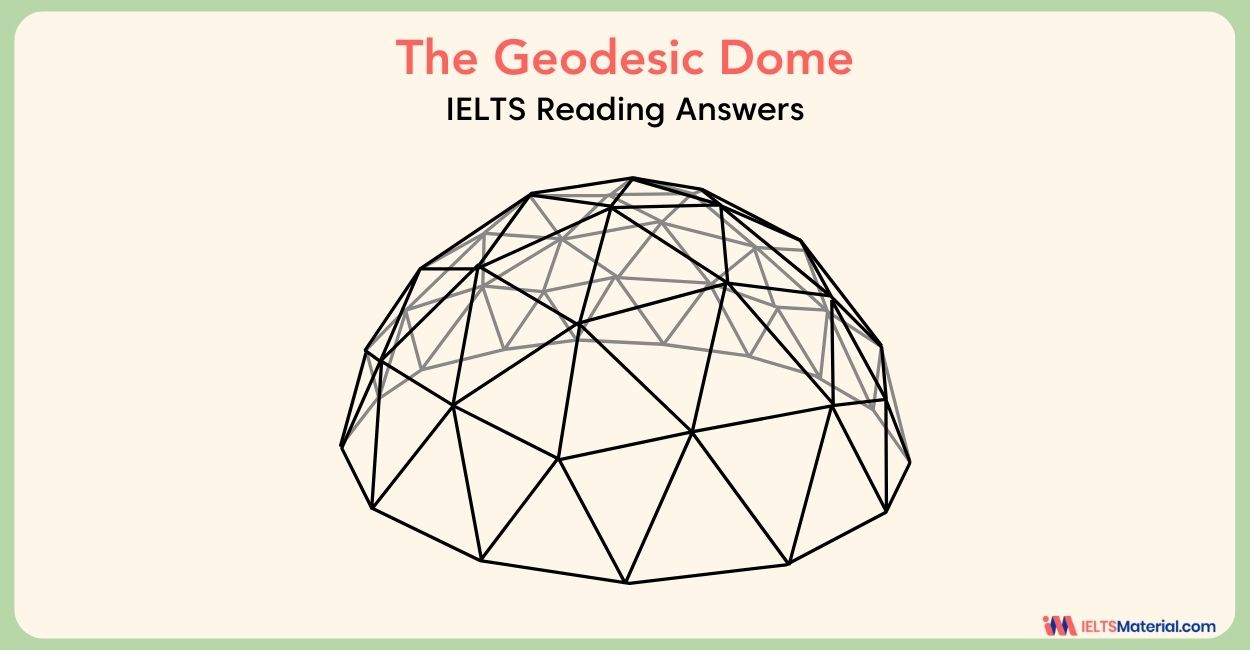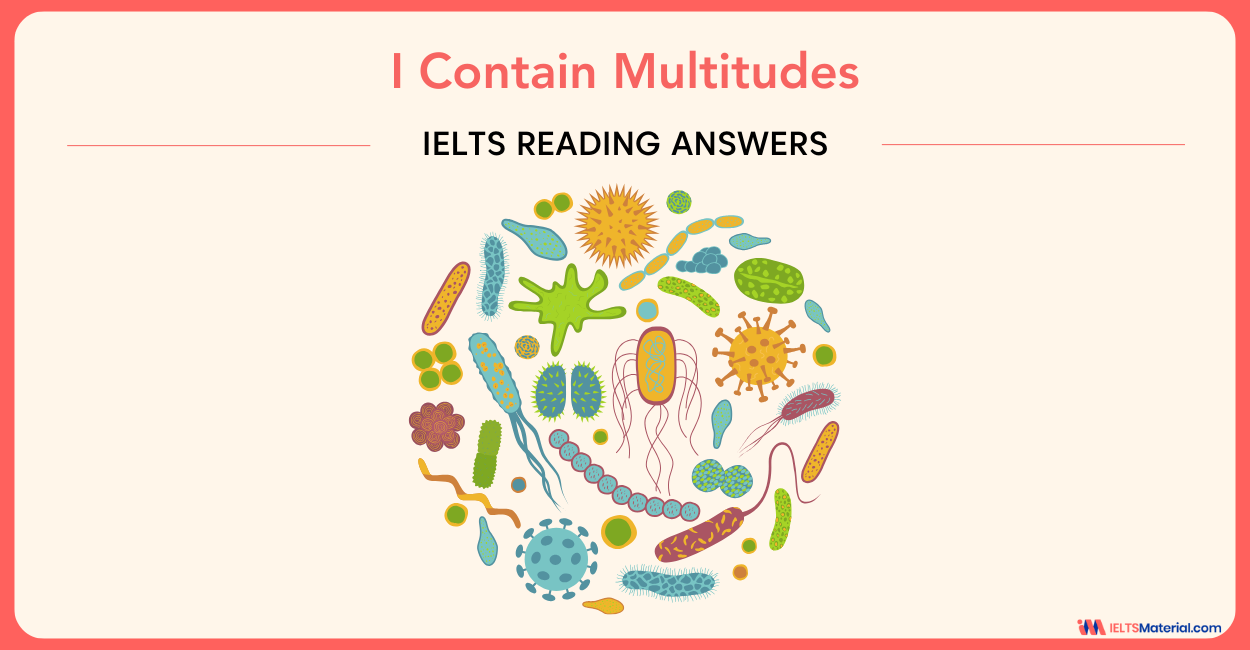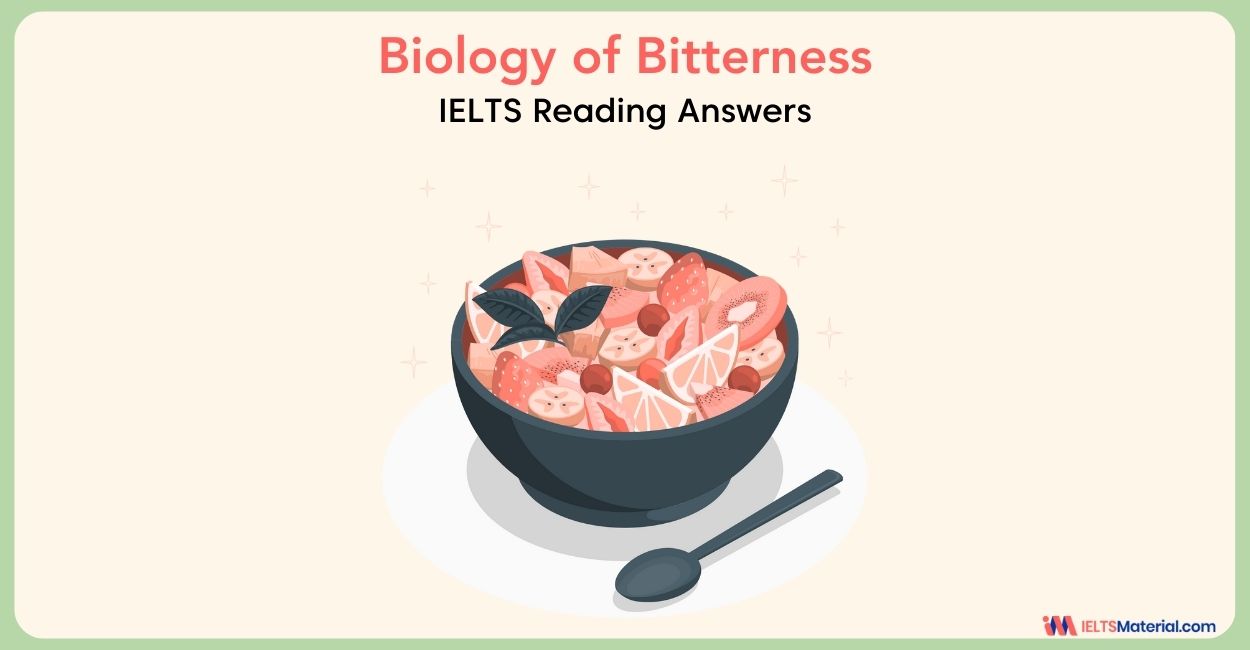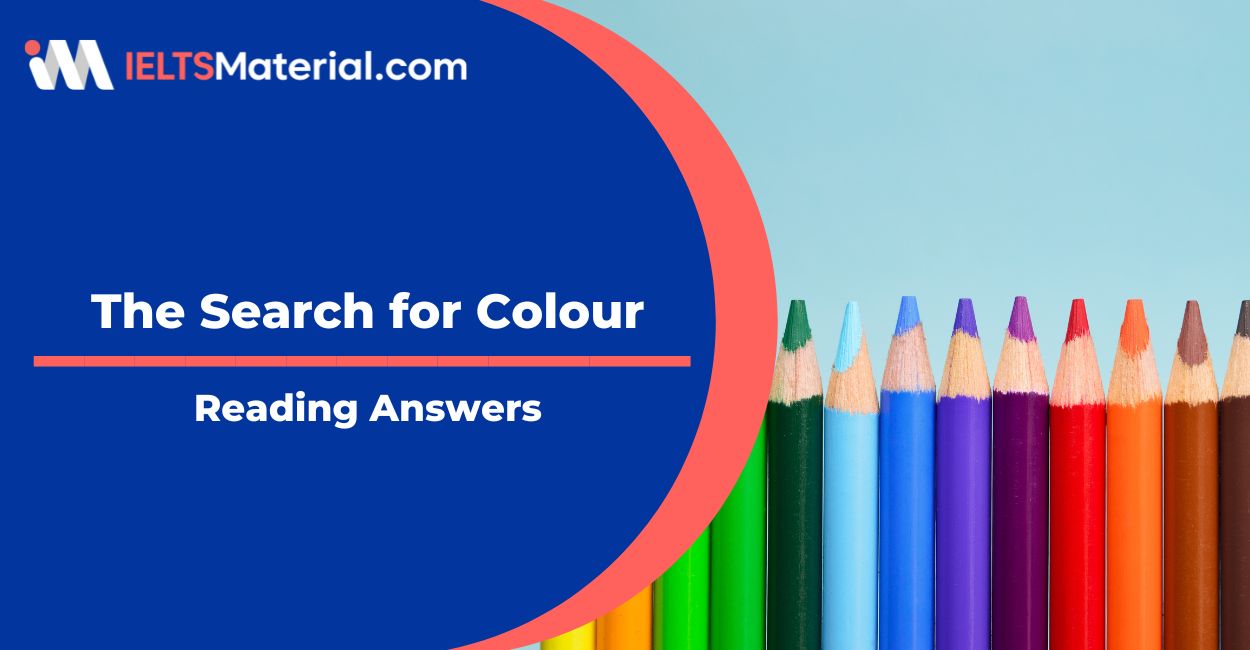The Search for Colour Reading Answers
2 min read
Updated On
-
Copy link
Table of Contents

Limited-Time Offer : Access a FREE 10-Day IELTS Study Plan!
The Search for Colour is a real IELTS Reading test passage from past papers.
Take the test now and check The Search for Colour reading answers below.
With diligent practice, the Reading Module can be the top-scoring category for IELTS Aspirants. To score well, you must understand how to approach and answer the different question types in the Reading Module.
By solving and reviewing Sample Reading Questions from past IELTS papers, you can ensure that your Reading skills are up to the mark.
You can also try more IELTS reading practice tests.
Not sure how to answer True/False/Not Given questions? Check the guide below for some expert tips and tricks!
The Search for Colour
You should spend about 20 minutes on Questions 1-13, which are based on the Reading Passage below. Find the practice test with The Search for Colour PDF here.
Answers
The answers with explanations are given below
| Question Number | Answers | Keywords | Location of Keywords |
|---|---|---|---|
| 1. | visible | Colour is the most visible element in all objects | Paragraph A, Line 6 |
| 2. | Natural clays | natural clays tinted by the presence of iron-oxides. brown of umber, and the yellow of sienna. | Paragraph B, Lines 3-6 |
| 3. | Biological matter | biological matter, could yield more interesting results. | Paragraph B, Last 2 lines |
| 4. | Carminic acid | carminic acid discourage predation by birds or other insects | Paragraph C, Lines 4-5 |
| 5. | False | pigment production was a meticulous and time-consuming process. | Paragraph C, Lines 7-8 |
| 6. | False | These insects have many advantages over kermes, higher concentrations of carminic acid | Paragraph D, Lines 5-8 |
| 7. | Not Given | Not Given | Not Given |
| 8. | True | cochineals replaced kermes almost completely, becoming a lucrative Central American export | Paragraph D, Last 2 lines |
| 9. | mucus | mucus the snail secretes, produce a purplish-blue dye | Paragraph E, Lines 5-6 |
| 10. | leaves | Indigo plant was discovered. Its leaves were fermented, and then left to age, and the sediment eventually produced was dried, treated, then reduced to a blue powder. | Paragraph F, First4 lines |
| 11. | stone | European artists used a mixture derived from, semi-precious stone, | Paragraph F, Lines 8-9 |
| 12. | stable | first cheap, yet stable | Paragraph G, Lines 4-6 |
| 13. | accidentally | The vivid purple of the Murex snail was accidentally produced by an English chemist | Paragraph G, Lines 7-8 |
Check More IELTS Reading Answers
Also check :
Practice IELTS Academic Reading based on question types

Start Preparing for IELTS: Get Your 10-Day Study Plan Today!
Recent Articles

Kasturika Samanta

Nehasri Ravishenbagam

Nehasri Ravishenbagam

Kasturika Samanta




Post your Comments